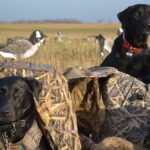In a dramatic rescue that highlights the dangers of Florida’s waterways, Tampa resident and elementary school teacher Kimberly Spencer fought off a 6.5-foot alligator that attacked her dog during an evening walk.
The incident occurred in Tampa’s Westwood Lakes neighborhood when Spencer and her dog Kona were walking near a pond. Spencer noticed the alligator just moments before it lunged from the water.
“I saw its eyes, and I saw it turn,” Spencer recalled. “It had its mouth open… it clamped down on her and got her.”
When the alligator grabbed Kona, with the dog’s head and upper body in its jaws, Spencer’s protective instincts took over. Despite describing herself as “not a nature girl” who fears wildlife, she immediately jumped into action.
“I jumped on its back and pried its jaws open,” Spencer said. “Once I got her out, I clamped its mouth shut and was holding onto its jaws.”
Both Spencer and her dog sustained injuries in the attack. Spencer received treatment for bites to both hands, while Kona needed stitches, primarily around the shoulder area. Both are now recovering at home.
Similar Posts
“I wasn’t letting it take my baby,” Spencer said. “I wouldn’t be able to live with myself if something happened to her on my watch.”
The Florida Fish and Wildlife Conservation Commission (FWC) confirmed the alligator measured 6 feet 6 inches long. Following the incident, the agency contracted a nuisance alligator trapper to remove the animal from the area.
Wildlife experts note that spring and summer months coincide with alligator mating season, a time when the reptiles can become more active and aggressive. The FWC advises residents to keep pets on leashes near waterways, as dogs often resemble alligators’ natural prey.

After this frightening encounter, Spencer plans to limit future walks to the gated section of her Hillsborough County community and warns others about the dangers of alligators.
“They need to know to stay away. Don’t go near them, don’t feed them,” Spencer cautioned.
The FWC encourages anyone concerned about an alligator to maintain a safe distance and contact their Nuisance Alligator Hotline at 866-FWC-GATOR (866-392-4286). Additional safety advice includes swimming only in designated areas and never feeding alligators, which can make them more aggressive toward humans.
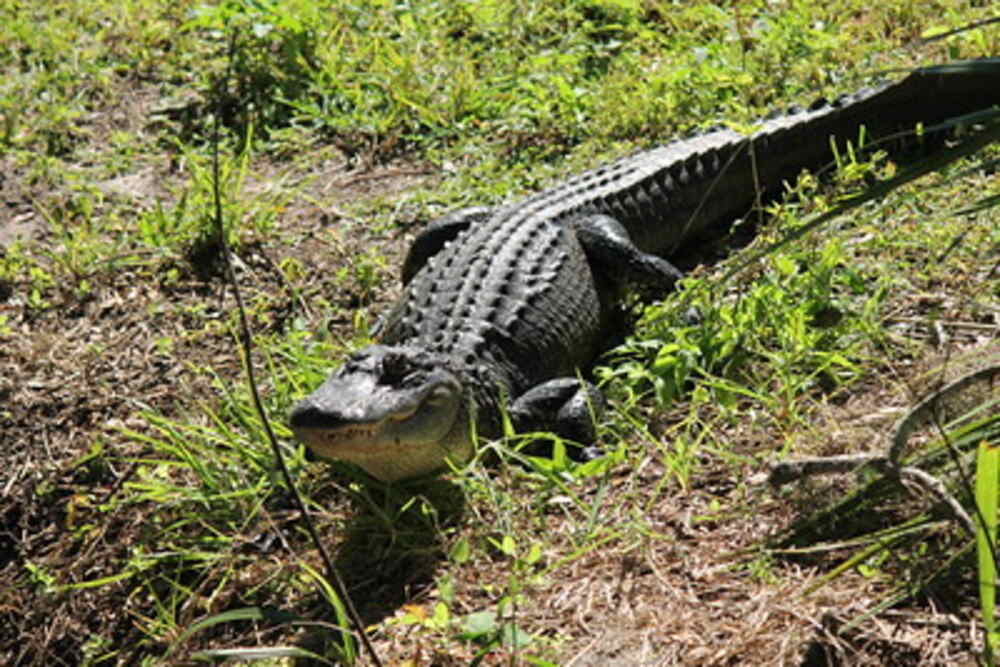





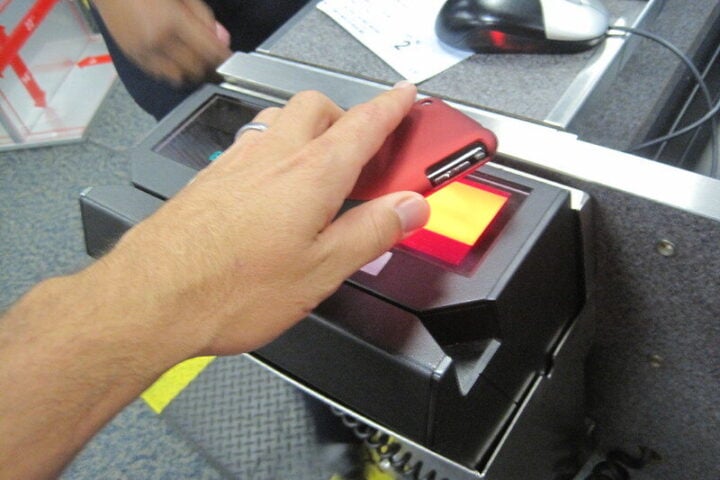
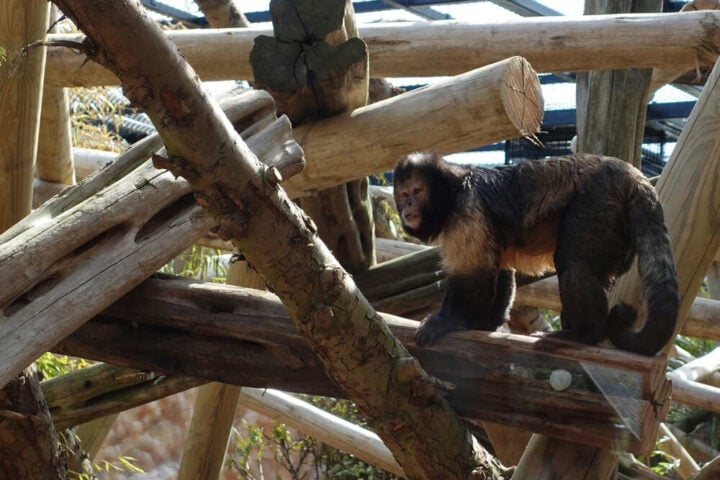

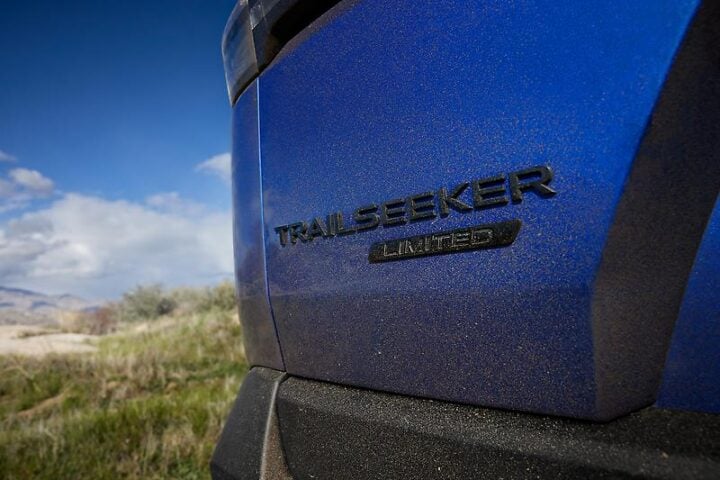
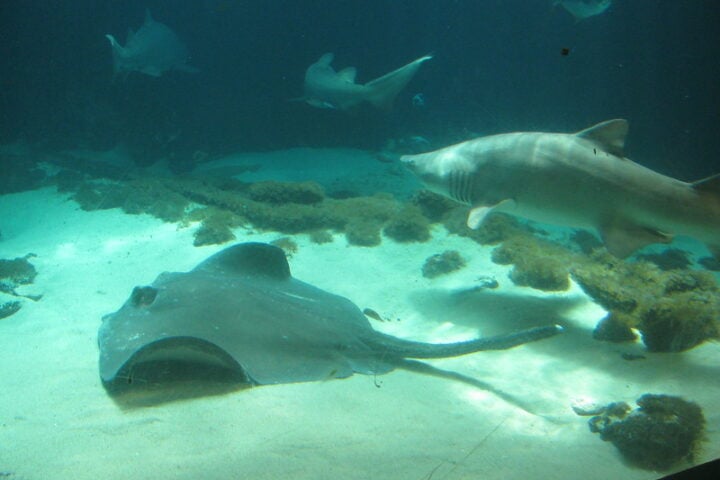



![Representative Image: European Starling [49/366]. Photo Source: Tim Sackton (CC BY-SA 2.0)](https://www.karmactive.com/wp-content/uploads/2025/04/Starlings-Drop-82-in-UK-Gardens-as-Birdwatch-2025-Reveals-Record-Low-Count-Since-1979-720x480.jpg)



